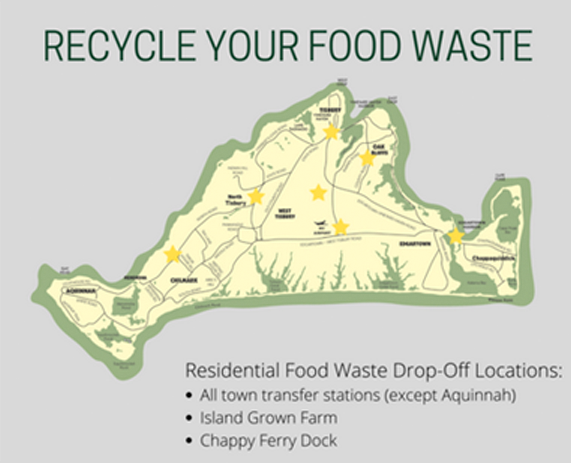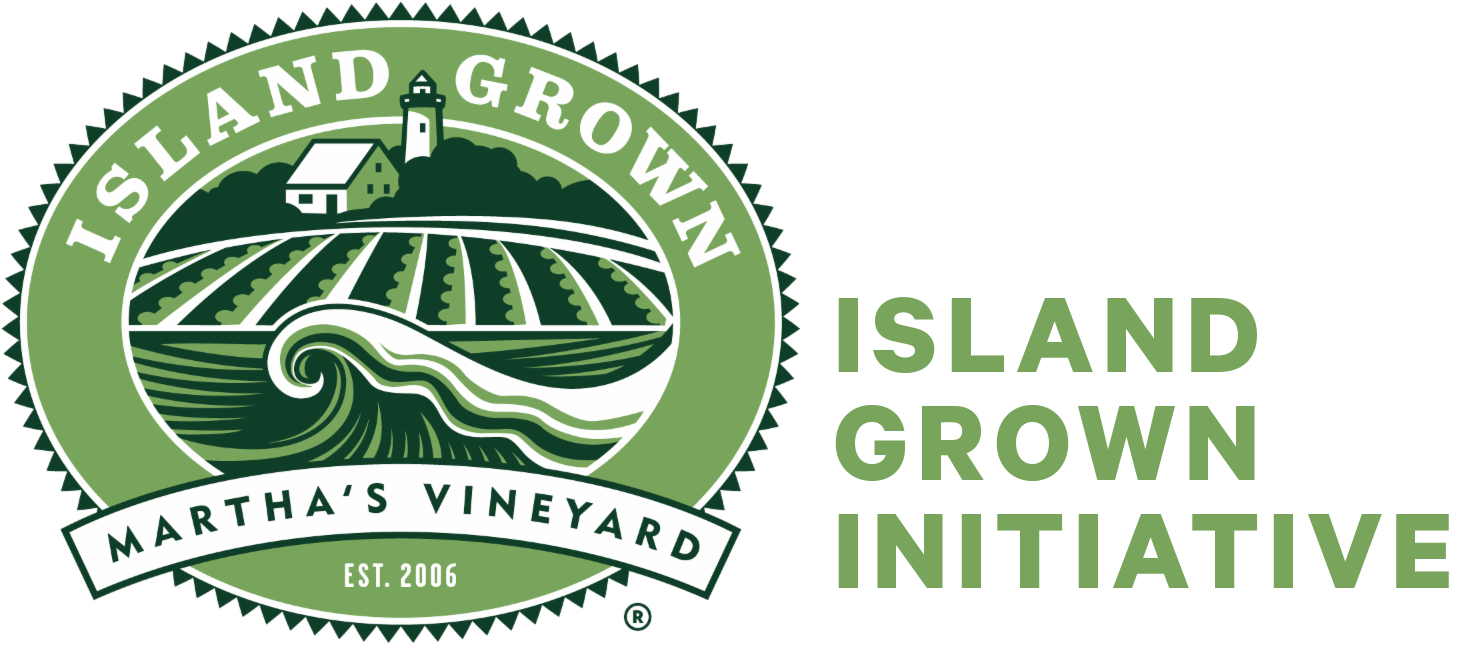
The Farm
Growing a model regenerative community farm
Our 42-acre farm in the heart of the island strives to model how much good a working farm can do for a place and its people. We grow abundant food year-round for our community while supporting environmental health and resilience.
We donate the majority of the food we grow in our fields and 30,000 sq ft greenhouse to islanders in need of food support. Each year, we bring more than 1000 visitors to the farm to help with the harvest and to learn about regenerative farming.
Our growing practices are innovative, returning health to the soil and life to our land. We partner with researchers and national and regional farming organizations to hone and spread our model.

 FREE FOOD WASTE DROP-OFF
FREE FOOD WASTE DROP-OFF MOBILE MARKET
MOBILE MARKET

